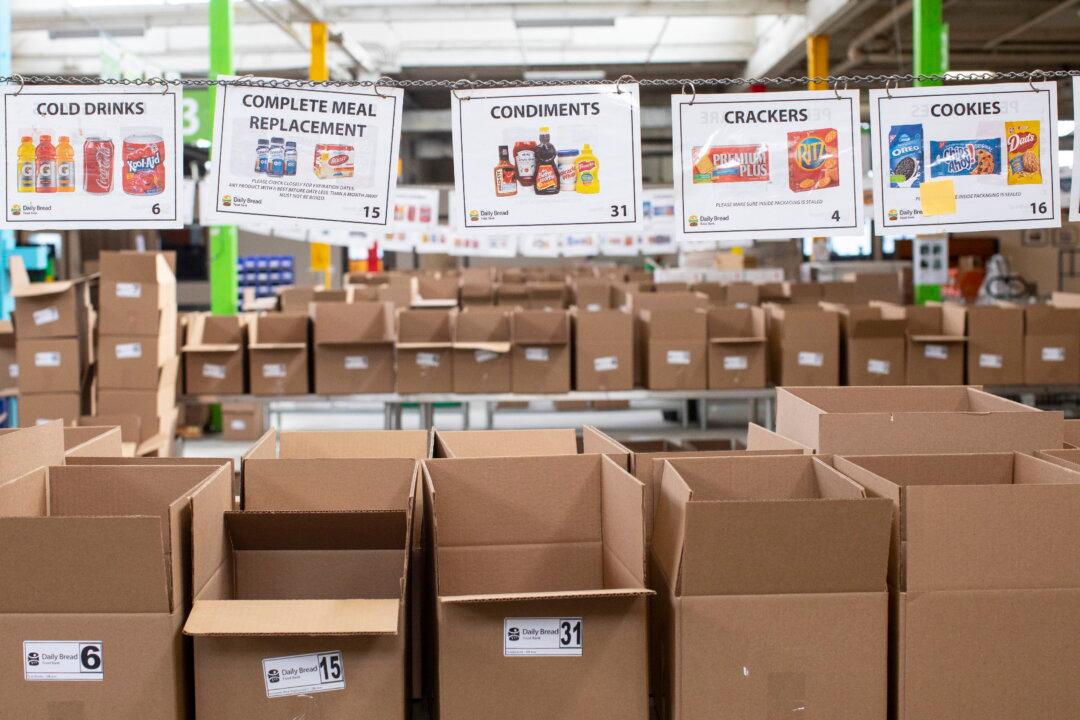The number of people relying on Toronto food banks has doubled this year, reaching “crisis” levels, according to a new report on food insecurity in the city.
The report found that one in 10 Torontonians regularly rely on food banks, up from one in 20 last year, a “grim reality” caused by the rising cost of living.





